Call now to book
01484 426302The Site management safety training scheme – Refresher (SMSTS-R) is a two-day course for delegates who have previously passed the full Site management safety training scheme (SMSTS) course or subsequent refresher course, and can provide proof of attendance.
It aims to bring health and safety knowledge up-to-date, as well as giving a thorough overview of the legislative changes and their impact in the workplace. The course provides an opportunity to revisit the wide range of topics from the previous five-day course.
Our upcoming course dates are:
| Course Dates | 12th & 13th February 2024, 04th & 05th March 2024, 08th & 09th April 2024, 07th & 08th May 2024, 03rd & 04th June 2024, 08h & 09th July 2024, 05th & 06th August 2024, 02nd & 03rd September 2024, 07th & 08th October 2024, 04th & 11th November 2024, 02nd & 03rd December 2024 |
|---|
The refresher course aims to help site managers to:
The refresher course is only for delegates who have previously passed the five-day SMSTS or subsequent refresher course, and hold a valid SMSTS certificate. Evidence must be provided to the training provider of their eligibility.
If a delegate cannot provide a copy of their certificate, the online card checker can be used to establish if a delegate currently holds a valid SMSTS certificate.
If an individual cannot be located on the system and no evidence of their certificate can be found, they will have to attend the full SMSTS course.
Failure to attend the refresher course prior to the expiry of an existing certificate will require delegates to re-enter the scheme by completing the full SMSTS course if they wish to remain in the scheme.
Successful completion of the course requires the delegate to pass an exam paper at the end of the course.
The paper consists of 25 questions, selected by CITB, covering all aspects of the course. The exam paper must be taken at the end of the course.
Each paper has:
The two mark questions all relate to the seven health and safety focus areas. The higher marks recognise and reward the increased complexity of the question and response required.
The seven health and safety focus areas are founded on construction ill health, injury and fatality statistics:
The exam pass mark is 81% (26 out of 32).
The exam lasts for 35 minutes and must be completed within this time under exam conditions. Delegates are permitted to use the Construction site safety – The comprehensive guide (GE700) publication for the last 15 minutes of the exam.
The exam paper forms part of the overall assessment as to whether the delegate has successfully achieved the Site Management Safety Training Scheme-Refresher and demonstrated both knowledge of the relevant statutory provisions as well as the application of management in respect of health and safety issues.
Delegates taking the SMSTS refresher course should be briefed on the learning outcomes listed below.
1. Health and safety law
Describe the purpose of health, safety and environment legislation and the different legislative requirements that must be followed.
2. The Health and Safety at Work etc. Act
Describe the legal duties of the employer, self-employed and, to a lesser extent, employee, to promote health and safety awareness and effective standards of safety management by every employer.
3. Construction (Design and Management) (CDM) Regulations
Describe the CDM Regulations that cover the management of health, safety and welfare on construction projects. Identify what they are about, what they require, what needs to be done and by whom.
4. Health and safety management systems
Describe the key principles of a health and safety management system, what it should contain and how it should be used.
5. Risk assessments and method statements
Describe the importance of risk assessments in ensuring a reduction in workplace accidents.
6. Induction and training
Describe the legal requirements for the provision of information and ensure it is tailored for the audience, understood by the audience and specific to the site.
7. Effective communication
Describe the importance of good communication on site with all employees, particularly during site induction, and ensuring critical information is conveyed.
8. Leadership and worker engagement
Describe the principles of leadership and worker engagement to influence good working practices on site.
9. Inspection and audit
Describe the importance of accurately measuring, monitoring and reporting on health and safety within the workplace.
10. Statutory forms, notices and registers
Identify the statutory and non-statutory forms, notices, signs and registers used within the building and construction industry and the keeping of records and other details.
11. Accident prevention, control, reporting and investigation
Describe why accidents happen, the human factors, trends, causes, impacts and preventative measures required, including reporting and follow through.
1. Management of health
Describe the importance of sustaining good health in the workforce and how to plan and maintain suitable practices to prevent the high costs that work-related ill health causes.
2. Welfare facilities
Describe the importance of providing suitable welfare facilities and ensuring they comply with the CDM Regulations.
3. Stress and mental health at work
Describe the importance of a positive approach to managing mental health issues and reducing the costs to industry.
4. Drugs and alcohol
Identify, manage and support individuals affected by drugs and alcohol and understand the legal framework that regulates it.
5. Control of substances hazardous to health
Describe the importance of protecting the workforce from exposure to hazardous substances.
6. Lead
Describe the implications of lead in buildings, its effect, management and control.
7. Asbestos
Describe the risks asbestos poses to health, and the legal requirements required to manage that risk.
8. Dust and fumes
Describe the risks posed by inhalation of airborne particles, the control measures used and how to protect the workforce, the public and the environment.
9. Noise
Describe the risks that excess noise can place on the employee and the surrounding area, and how to mitigate and manage that risk.
10. Vibration
Describe the harmful effects of excessive vibration and how these may be mitigated.
11. Manual handling
Describe how to reduce the risk of injury within the workforce, taking into account the task, environment and control measures.
Describe the requirements to be considered when setting out a construction site.
2. Fire prevention and control, and dangerous substances
Define correct fire planning and dangerous substance control, including safe handling and storage. Ensure procedures are in place to manage hazards and risks.
3. Electrical safety
Describe the dangers of working on or near to live electrical circuits. Ensure good working practices are in place.
4. Temporary works
Describe the requirement to manage temporary works and ensure they are planned, maintained and removed appropriately.
5. Work equipment and hand-held tools
Describe the importance of control and management of work equipment on site. Ensure effective planning, risk assessment, training and maintenance are undertaken.
6. Mobile work equipment
Describe the effective planning and control of mobile work equipment. Describe the legal obligations of working with mobile work equipment on site.
7. Lifting operations and equipment
Describe the legal requirements for lifting operations, equipment and accessories and the steps required to ensure risks are mitigated, planning is undertaken (including selection of equipment) and the correct training and maintenance obligations are met safely and efficiently.
8. Mobile workforce and driver safety
Describe the legal framework and guidance that supports the management of health and safety for mobile, lone and out of hours workers, and the potential risks and how to control them.
1. Work at Height Regulations
Describe the risks surrounding working at height and the plans that must be in place to ensure safety.
2. Working at height
Describe the risks that exist from working at height, such as working platforms, scaffolds, ladders, flat and pitched roofs and anywhere near fragile materials, openings, holes and roof edges.
3. Common access equipment
Describe the health and safety requirements when selecting and using common forms of access equipment.
4. Scaffolding
Describe the key safety issues that relate to the use of scaffolds, how to manage scaffolding operations and how to assess suitability of erected scaffolds.
5. Fall arrest and suspension equipment
Describe the importance of fall arrest and suspension equipment.
6. Excavations
Describe the importance of planning excavations and a safe working practice considering all the elements of the excavation.
7. Underground and overhead services
Describe the risk factors of working with underground and overhead services, including how to plan the work and manage risk.
8. Confined spaces
Describe what a confined space is, how to risk assess it and how to work safely.
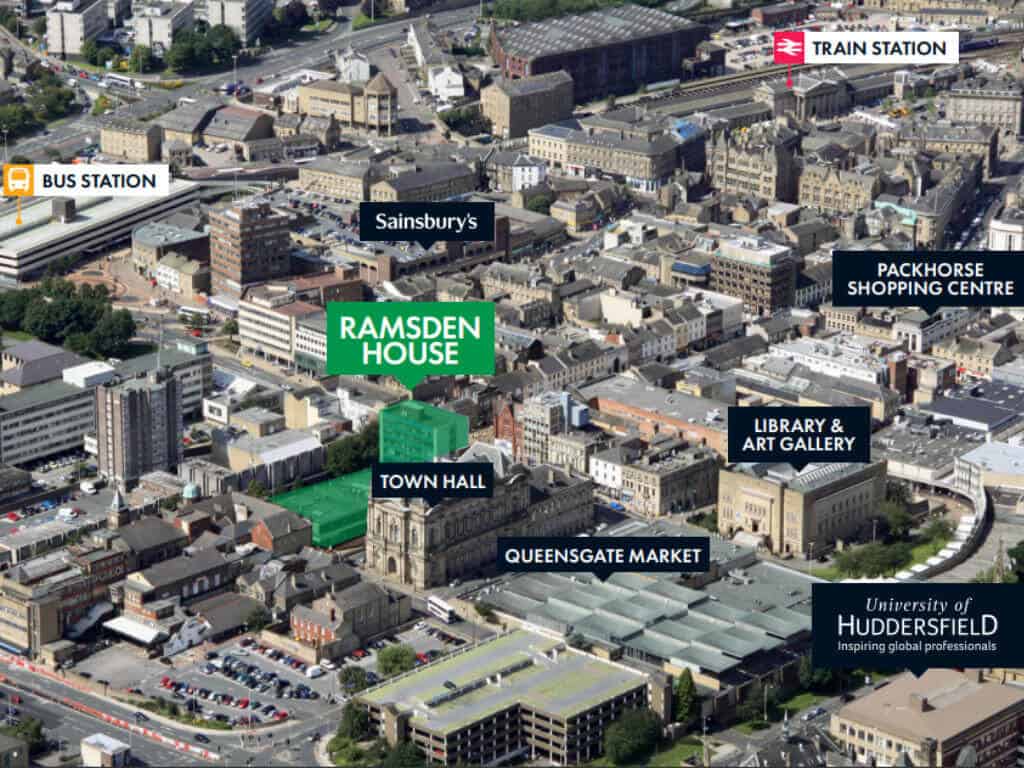
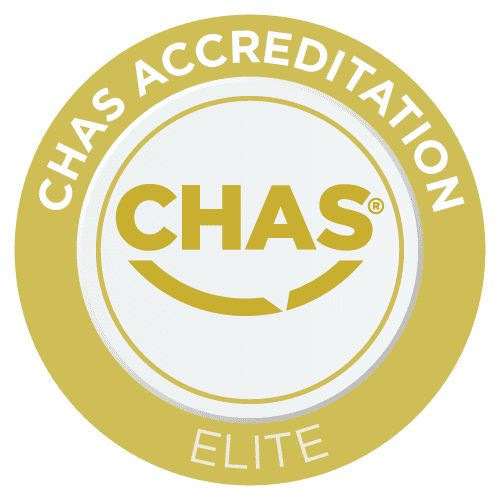



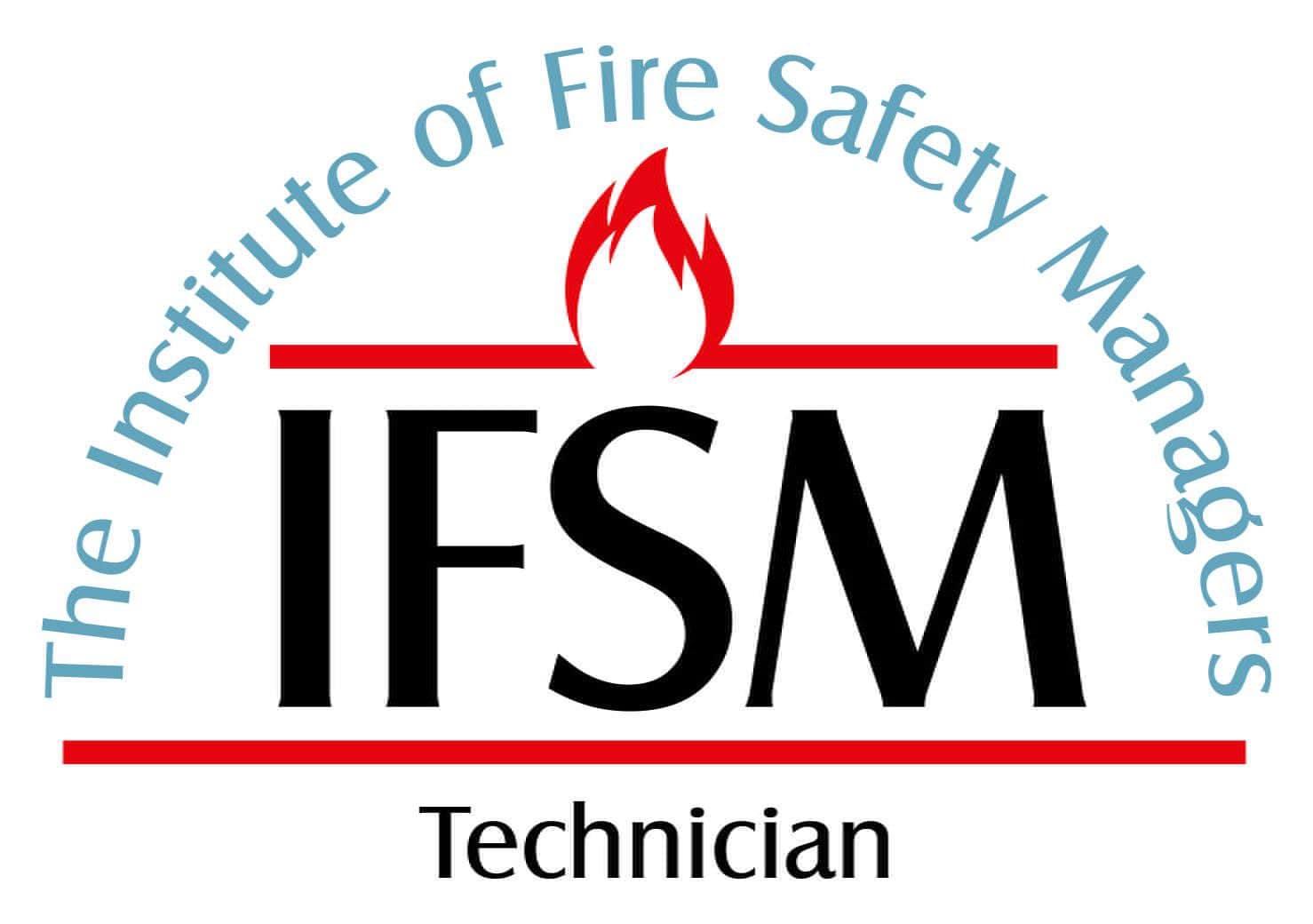
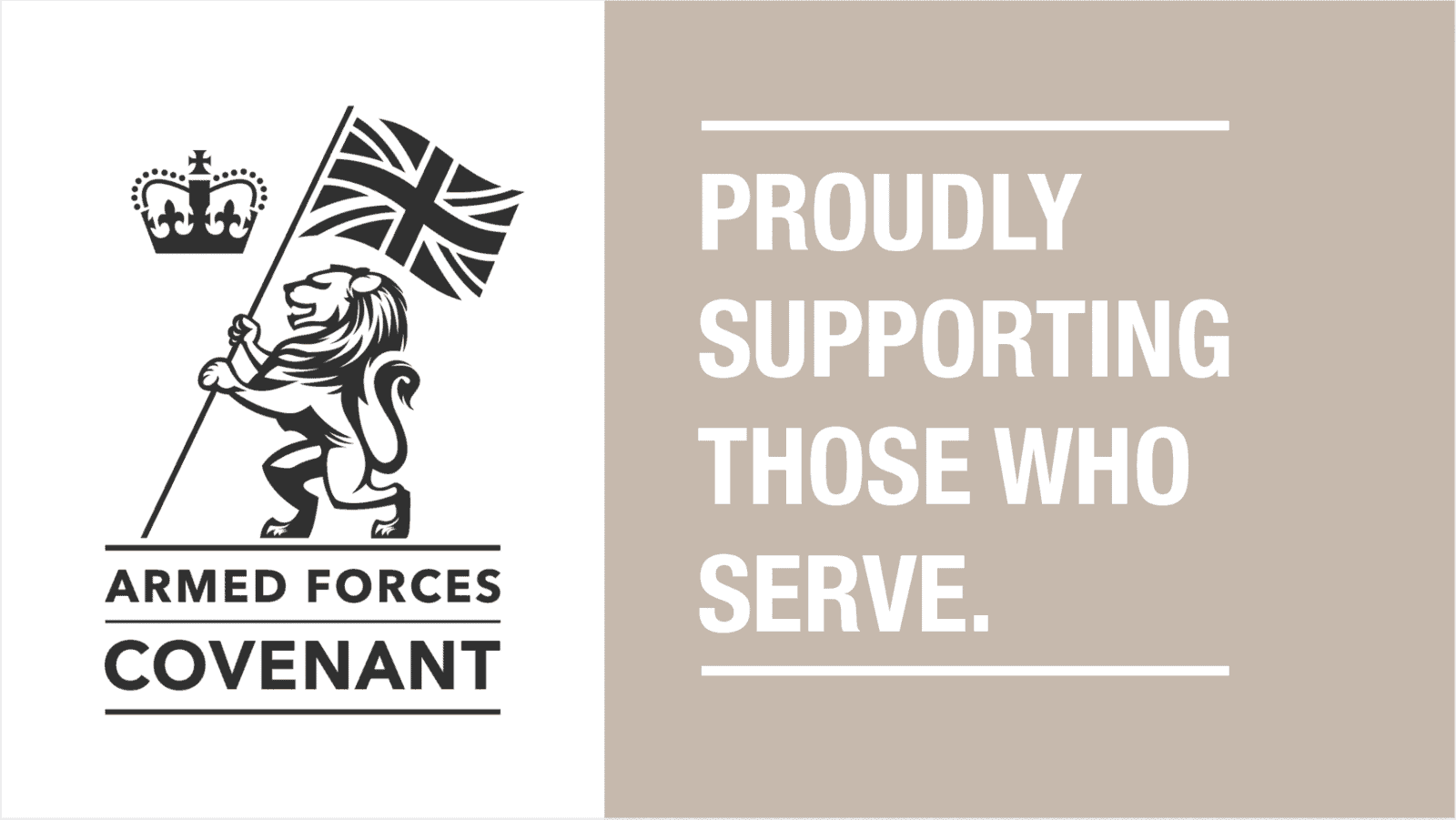
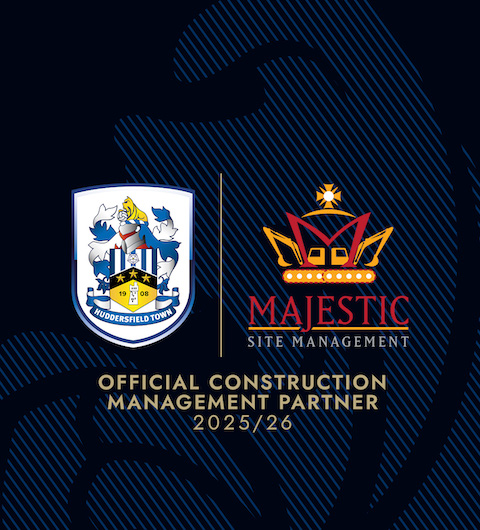

The three main differences to expect are:
"*" indicates required fields